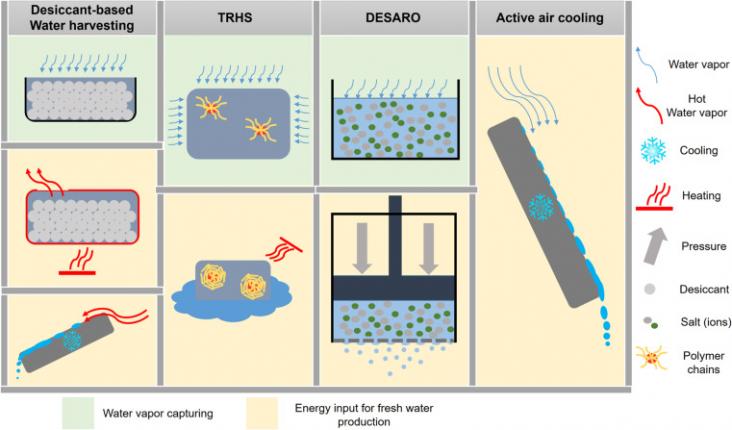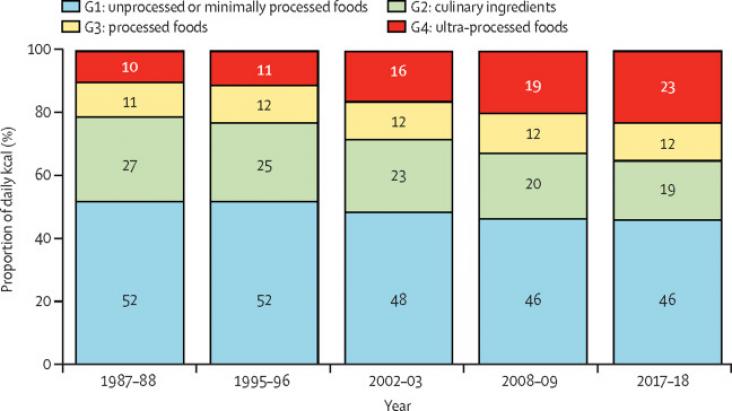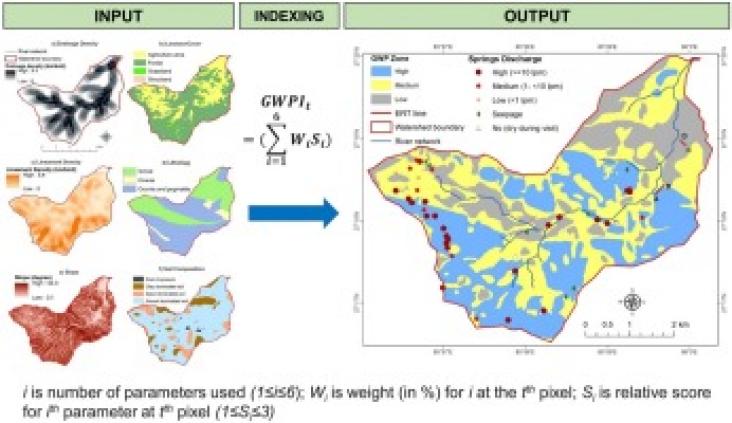
Producing clean, fresh drinking water from atmospheric water vapor can play an important role in alleviating water scarcity in drought-prone regions of the world. This perspective explores the current trends and future outlook for atmospheric water harvesting technologies.

An Article in support of SDGs 12 and 13, assessing greenhouse gas emissions, water footprint, and ecological footprint of different food types in Brazil, with a particular focus on ultra-processed foods
Major challenges faced by the human population in recent times include population increase, resource depletion and deterioration of environmental quality.
This paper explores a customary system of water governance in Ghana.

This study applies a two-step validation method of a groundwater potential mapping approach and can improve groundwater mapping for data scarce regions.
In an urbanized catchment, land use has a strong effect on water quality. The majority of the landscape metrics are correlated with Ave River Basin water quality. Water quality is dependent on landscape planning. Ave River Basin requires landscape intervention to restore hydric resources.
This study provides new insights into the potential use of machine learning in hydrological simulations.
This paper touches upon virus removal technology for groundwater remediation.
The main focus of this paper was to investigate the spatial variability of denitrification rates in sediments from several streams and ponds considering their locations and characteristics; to study the main controlling factors that regulate the denitrification process; and to draw some lessons and deduce recommendations about pond management to control the impact of NO3− in such agricultural environments.
Water is essential for the life, but many people lack the accessibility to clean and healthy drinking water and die as a consequence of water-borne infections.
